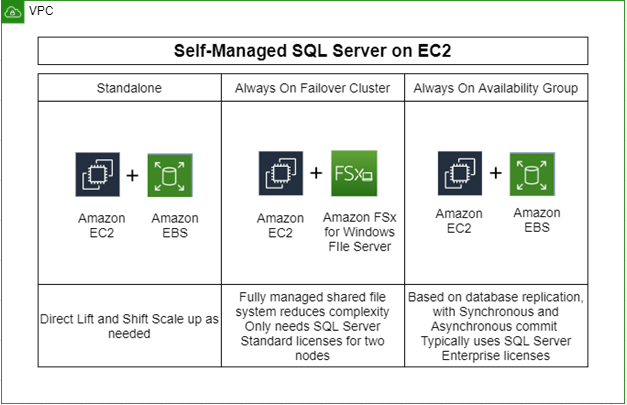AWS Architecture Blog
Category: Compute
Architecting a Highly Available Serverless, Microservices-Based Ecommerce Site
The number of ecommerce vendors is growing globally, and they often handle large traffic at different times of the day and different days of the year. This, in addition to building, managing, and maintaining IT infrastructure on-premises data centers can present challenges to their businesses’ scalability and growth. This blog provides you a Serverless on […]
Integrating Amazon Connect and Amazon Lex with Third-party Systems
AWS customers who provide software solutions that integrate with AWS often require design patterns that offer some flexibility. They must build, support, and expand products and solutions to meet their end user business requirements. These design patterns must use the underlying services and infrastructure through API operations. As we will show, third-party solutions can integrate […]
Intelligently Search Media Assets with Amazon Rekognition and Amazon ES
Media assets have become increasingly important to industries like media and entertainment, manufacturing, education, social media applications, and retail. This is largely due to innovations in digital marketing, mobile, and ecommerce. Successfully locating a digital asset like a video, graphic, or image reduces costs related to reproducing or re-shooting. An efficient search engine is critical […]
Vertical Integration Strategy Powered by Amazon EventBridge
Over the past few years, midsize and large enterprises have adopted vertical integration as part of their strategy to optimize operations and profitability. Vertical integration consists of separating different stages of the production line from other related departments, such as marketing and logistics. Enterprises implement such strategy to gain full control of their value chain: from the […]
Overview of Data Transfer Costs for Common Architectures
Data transfer charges are often overlooked while architecting a solution in AWS. Considering data transfer charges while making architectural decisions can help save costs. This blog post will help identify potential data transfer charges you may encounter while operating your workload on AWS. Service charges are out of scope for this blog, but should be […]
How Financial Institutions can use AWS to Address Regulatory Reporting
Since the 2008 financial crisis, banking supervisory institutions such as the Basel Committee on Banking Supervision (BCBS) have strengthened regulations. There is now increased oversight over the financial services industry. For banks, making the necessary changes to comply with these rules is a challenging, multi-year effort. Basel IV, a massive update to existing rules, is […]
Audit Your Supply Chain with Amazon Managed Blockchain
For manufacturing companies, visibility into complex supply chain processes is critical to establishing resilient supply chain management. Being able to trace events within a supply chain is key to verifying the origins of parts for regulatory requirements, tracing parts back to suppliers if issues arise, and for contacting buyers if there is a product/part recall. […]
Field Notes: Accelerating Data Science with RStudio and Shiny Server on AWS Fargate
This post was updated November 18, 2021. Data scientists continuously look for ways to accelerate time to value for analytics projects. RStudio Server is a popular Integrated Development Environment (IDE) for R, which is used to render analytics visualizations for faster decision making. These visualizations are traditionally hosted on legacy unix servers along with Shiny […]
Field Notes: SQL Server Deployment Options on AWS Using Amazon EC2
Many enterprise applications run Microsoft SQL Server as their backend relational database. There are various options for customers to benefit from deploying their SQL Server on AWS. This blog will help you choose the right architecture for your SQL Server Deployment with high availability options, using Amazon EC2 for mission-critical applications. SQL Server on Amazon […]
Field Notes: Benchmarking Performance of the New M5zn, D3, and R5b Instance Types with Datadog
This post was co-written with Danton Rodriguez, Product Manager at Datadog. At re:Invent 2020, AWS announced the new Amazon Elastic Compute Cloud (Amazon EC2) M5zn, D3, and R5b instance types. These instances are built on top of the AWS Nitro System, a collection of AWS-designed hardware and software innovations that enable the delivery of private networking, […]









